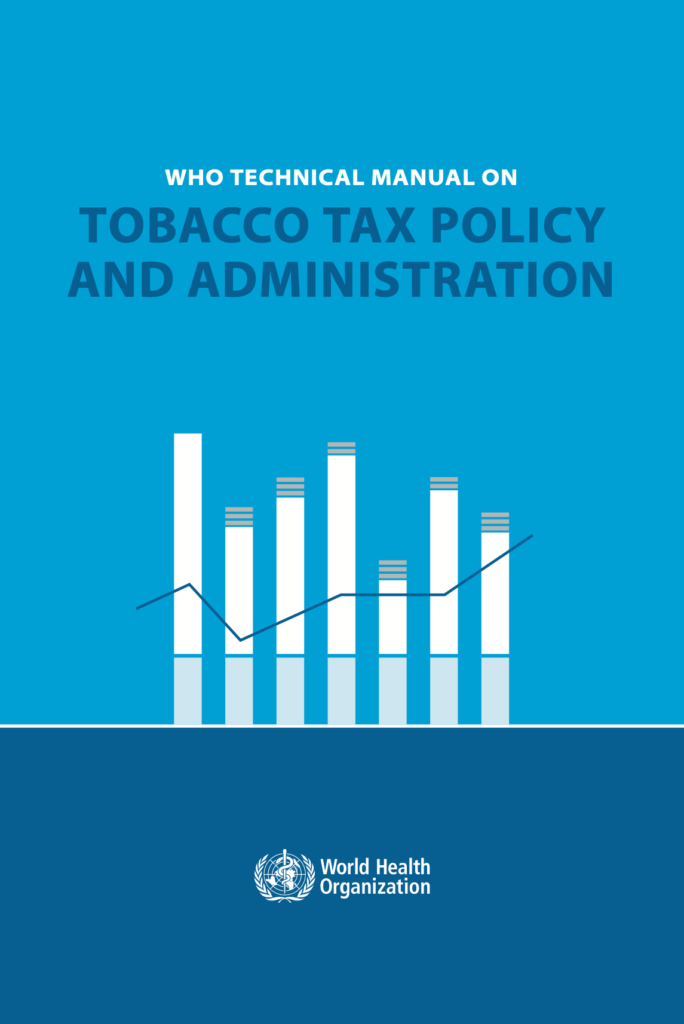Only 14% of the world has enough tax on tobacco
Evidence shows that significant excise tax increases that raise prices of tobacco products are the most effective, as well as the most cost-effective policy solution to reducing tobacco use. Nevertheless, tobacco tax increases remain the least implemented policy in the package of effective tobacco control policies globally.
In 2018 only 38 countries, covering 14% of the global population had sufficiently high tobacco taxes – which means taxing at least 75% of the price of these health-harming products. By implementing proven policies like tobacco taxes, the costs created by the tobacco industry to local communities and nations can be avoidable. It is a win for population health, revenue and for development and equity.
The reason for this policy implementation gap is tobacco industry interference.
Governments need to resolve and commit to protect people’s health to counter powerful vested interests long opposed to tobacco taxation reform.
The five chapters in the new manual guide readers through the necessary steps to create and implement the strongest tobacco taxation policies for their specific countries. It includes practical pointers on how to navigate through the political process and ensuring the right support for tax policy change.
The manual’s chapters cover the following thematic areas:
- Chapter 1 provides a background to the manual.
- Chapter 2 delves into the theory, practice and empirical evidence on tobacco excise tax policy, including current global trends.
- Chapter 3 focuses on tobacco tax administration. It provides an in-depth discussion of the fundamental components that make tobacco tax collection effective and efficient, ensuring achievement of the health and revenue objectives of tax policy
- Chapter 4 deals with the important challenges in the area of political economy when countries attempt to increase tobacco taxes or simplify the tax structure.
- Finally, Chapter 5 presents a comprehensive list of the best practices in tobacco tax policy and administration discussed throughout this manual. The list is intended to serve as a practical guide and quick reference to the salient points presented.
At the end of the document there is a two-page tobacco tax reform checklist for tax policy-makers to consider when planning to go on the journey of implementing substantial reforms on tobacco taxation. The checklist covers the following steps in detail:
- Focus on tobacco taxation’s purposes.
- Analyze your tax structure and identify its weaknesses.
- Identify the improvements to be made to the existing tax policy/structure.
- Assess tobacco taxation’s political economy.
- Prepare a plan for realizing the reform.
- Mobilize a coalition for reform.
- Monitor and evaluate.
Raising tobacco taxes is SMART
WHO’s new technical manual on tobacco tax policy and administration shows countries ways to cut down on over US$1.4 trillion in health expenditures and lost productivity due to tobacco use worldwide.
Improved tobacco taxation policies can also be a key component of building back better after COVID-19, where countries need additional resources to respond and to finance health system recovery.
We launched this new manual to provide updated, clear, and practical guidance for policymakers, finance officials, tax authorities, customs officials and others involved in tobacco tax policy to create and implement the strongest tobacco taxation policies for their specific countries,” said Jeremias N. Paul Jr, Unit Head for the Fiscal Policies for Health team in the Health Promotion Department at WHO.
We hope this document sheds light on the significant advantages to raising tobacco taxation. The data and insights provided here should be an eye opener for policymakers worldwide.”
Jeremias N. Paul Jr, Unit Head, Fiscal Policies for Health team, Health Promotion Department, WHO
The ‘best buy’ highlighted in the manual not only saves money, but saves lives. The human and economic costs of tobacco are on the rise – 8 million people died because of tobacco last year.
The potential of tobacco taxes can be illustrated by the S.M.A.R.T. acronym.
